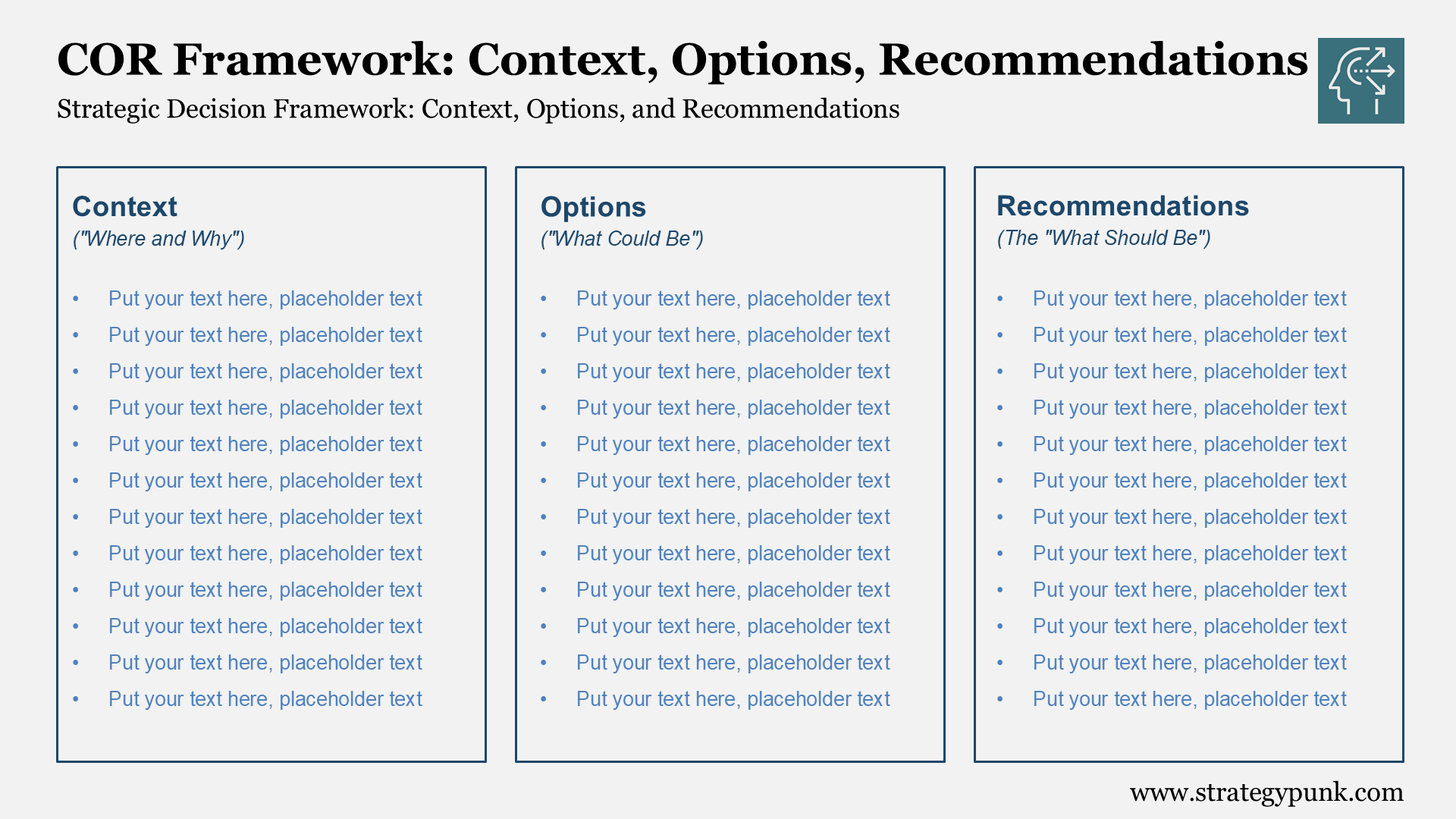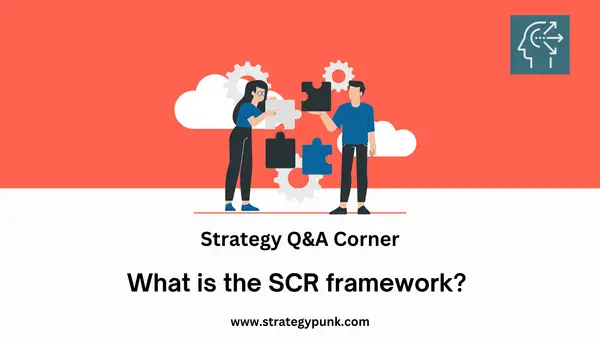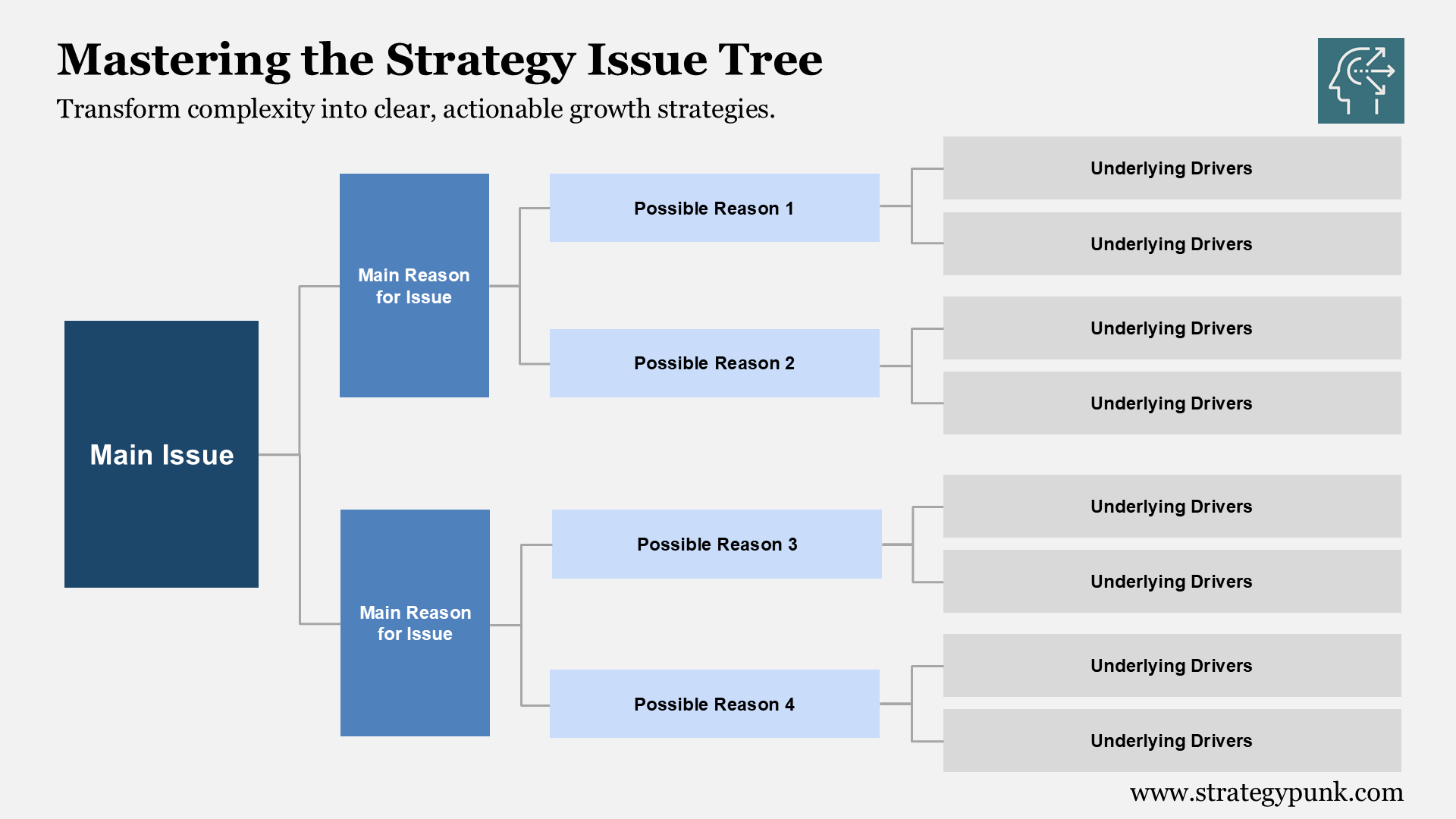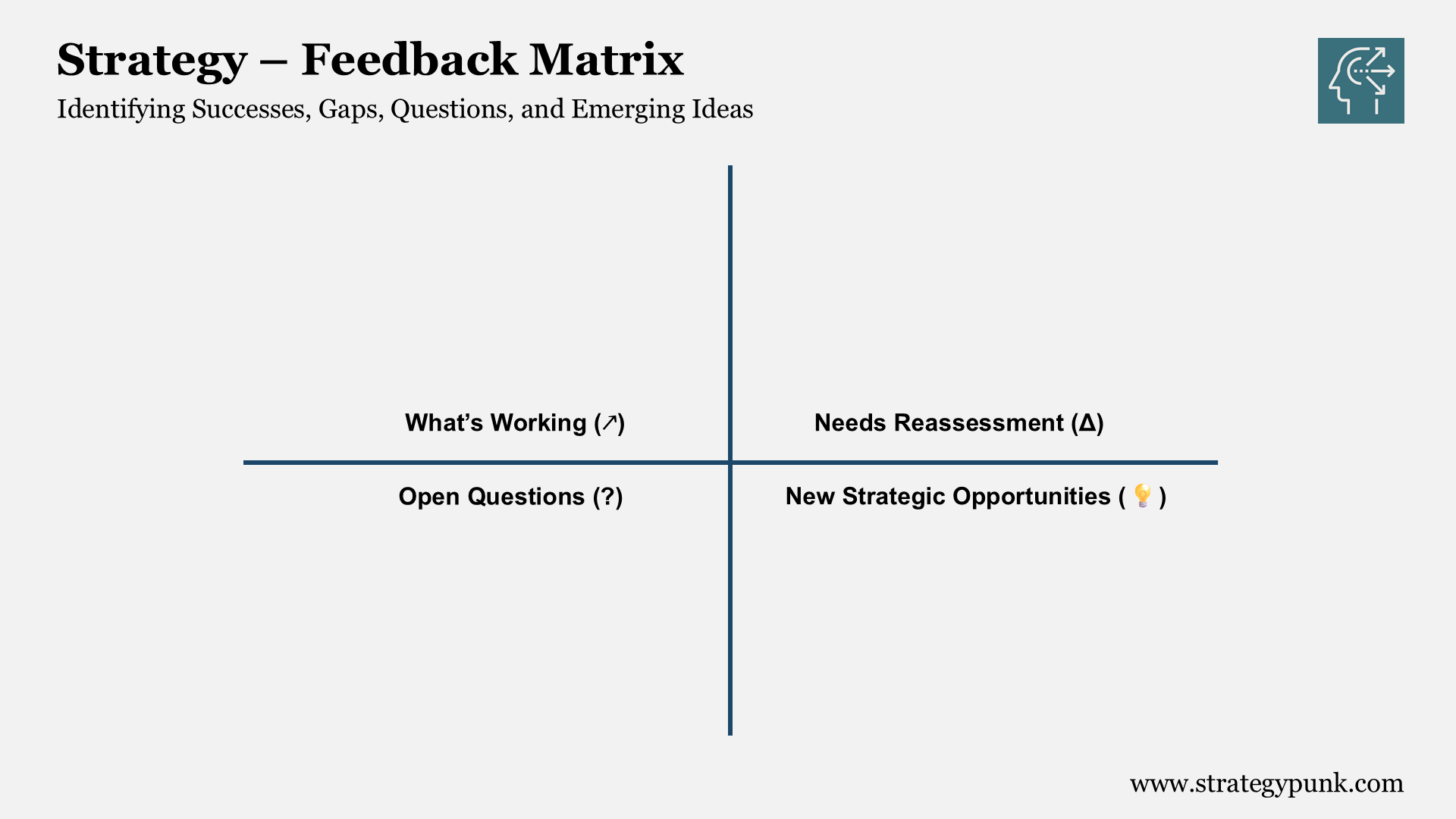2025 Business Disruption: Navigating Growth Through Shaping Strategy
Discover the importance of being a shaper in 2025's business ecosystem. Shaping strategy, attracting a critical mass of participants, and finding the right strategic path to create value.
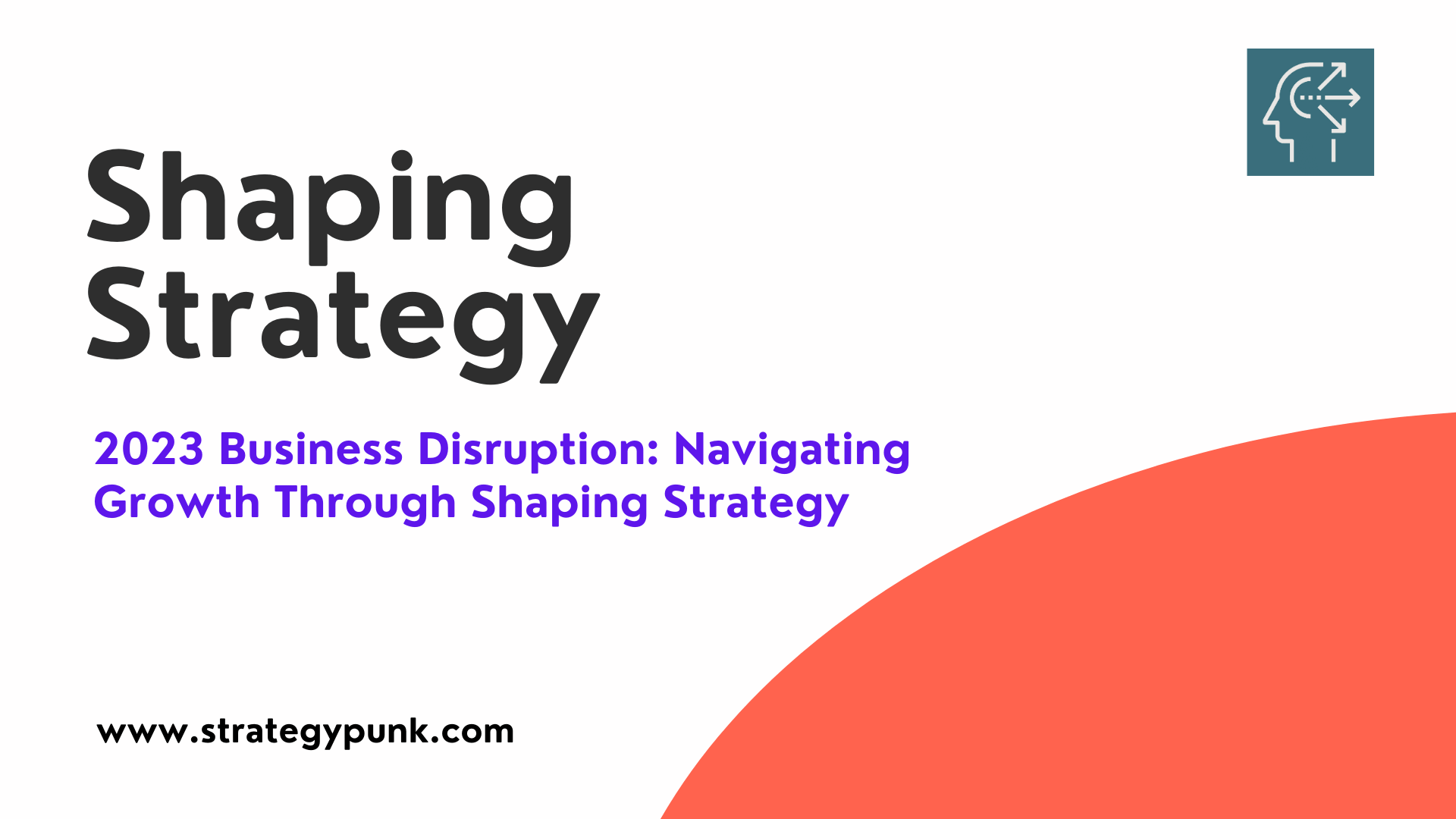
Introduction
2025 is shaping to be a year of significant business change and growth. As the world recovers from the pandemic, companies seek new ways to innovate, expand, and stay ahead of the competition. Leaders are turning to new strategies and technologies to revolutionize their approach to business growth.
One of the most critical factors in driving business growth in 2024 will be the development of effective strategies. With so many new opportunities and challenges emerging, companies need to be able to adapt quickly and respond to changing market conditions. This requires a deep understanding of the business landscape and a willingness to take risks and try new approaches. By developing a comprehensive strategy that considers both short-term and long-term goals, companies can position themselves for success in the years ahead.
In addition to strategy, businesses must focus on leveraging the latest technologies to drive growth. From artificial intelligence and machine learning to blockchain and the Internet of Things, countless new tools and platforms help businesses streamline operations, improve customer experiences, and drive innovation.
By staying on the cutting edge of technology and embracing recent trends and opportunities, companies can position themselves for success in 2024's fast-paced and ever-changing business landscape.
Define a Shaping Strategy
Understanding the Current Situation
It is crucial to have a deep understanding of the current situation. This involves assessing the external environment, analyzing the organization's internal capabilities and resources, and evaluatingmarket trends and competition.
Assess the External Environment and Identify Potential Opportunities and Threats
Assessing the external environment involves analyzing economic conditions, political climate, social trends, and technological advancements. Organizations can identify potential opportunities and threats that may impact their growth.
For instance, the growing demand for sustainable products and services presents an opportunity for organizations to innovate and differentiate themselves from competitors. On the other hand, increasing regulatory requirements and geopolitical tensions may threaten the supply chain and operational processes.
Analyze the Internal Capabilities and Resources of the Organization
Analyzing an organization's internal capabilities and resourcesinvolves assessing factors such as the workforce, technology, financial resources, and operational processes. By doing so, organizations can identify their strengths and weaknesses and determine how to leverage them to achieve growth.
For instance, organizations with a highly skilled workforce and advanced technology can innovate and develop new products and services that meet evolving customer needs. However, organizations with outdated technology and inefficient processes may need help keeping up with the competition.
Evaluate the Market Trends and Competition
Evaluating market trends and competition involves analyzing customer preferences, industry trends, and competitor strategies. By doing so, organizations can identify market gaps and develop strategies to address them.
For instance, organizations can use data analytics and market research to understand customer preferences and develop products and services that cater to them. Additionally, they can analyze competitor strategies to identify areas where they can differentiate themselves and gain a competitive advantage.
Understanding the current situation is crucial to revolutionizing business growth in 2024. By assessing the external environment, analyzing the organization's internal capabilities and resources, and evaluating market trends and competition, organizations can identify growth opportunities, mitigate risks, and develop strategies that drive sustainable growth.
Defining the Desired Future State
Shaping strategy is a critical process that helps organizations achieve their long-term goals. Defining the desired future state is a crucial early step in every organization's cultural transformation. This section outlines the key steps organizations should take when defining their desired future state.
Set Clear Objectives in Line with the Organization's Mission and Vision
The first step in defining the desired future state is to set clear objectives that align with the organization's mission and vision. These objectives should be specific, measurable, achievable, relevant, and time-bound (SMART). Organizations should ensure that their dreams align with their long-term goals and are realistic and attainable.
Visualize the Ideal Future State and the Desired Outcomes
The second step in defining the desired future state is to visualize it and its desired outcomes. Organizations should create a clear picture of what they want to achieve long-term. This picture should be specific yet flexible enough to shape and influence an organization's performance, from the front lines to the executive suite and all units.
Involve Key Stakeholders in the Goal-Setting Process
The third step in defining the desired future state is to involve key stakeholders in the goal-setting process. Organizations should involve all stakeholders, including employees, customers, partners, and investors, in determining the desired future condition. This will ensure everyone is aligned with the organization's goals and working towards the same objectives.
When defining the desired future state, organizations should pay attention to the following entities where relevant:
- Better performance: Defining the desired future state and setting clear goals and objectives can help organizations achieve better results.
- Partner alignment: Involving critical stakeholders in goal-setting can help organizations align with their partners and achieve better results.
- Measured progress: Defining the desired future state can help organizations measure their progress and ensure they are on track to achieve their goals.
- Attention to detail: Organizations should pay attention when defining their desired future state to ensure their goals are specific and achievable.
- Faster growth: Defining the desired future state and setting clear goals and objectives can help organizations achieve faster growth.
- Organizational structure: Defining the desired future state can help organizations structure their operations to support long-term goals.
- Systems alignment: Involving critical stakeholders in goal-setting can help organizations align their systems and processes with long-term goals.
- Inflation control: Defining the desired future state and setting clear goals and objectives can help organizations control inflation.
- Balance: Defining the desired future state can help organizations achieve balance by setting clear goals and objectives that support their long-term vision.
- Survey feedback: Organizations should gather input from stakeholders through surveys to ensure that their desired future state is aligned with their stakeholders' expectations.
Defining the desired future state is a critical step in shaping strategy. Organizations should set clear objectives, visualize the ideal future state, and involve key stakeholders in the goal-setting process to ensure they align with their long-term goals.
Developing Strategic Options
To revolutionize business growth in 2024, companies must develop strategic options that align with their current situation and future objectives. Creating strategic opportunities involves brainstorming different alternatives, conducting a SWOT analysis, and prioritizing the most promising strategies to pursue.
Brainstorm Different Strategic Alternatives Based on the Current Situation and Future Objectives
Companies must consider their current situation and future objectives to generate a range of strategic alternatives. They can brainstorm potential options by asking questions such as:
- What are our strengths and weaknesses?
- What opportunities and threats are we facing?
- How can we leverage our ecosystem or platform to drive growth?
- Are there any potential collaborations that can help us achieve our goals?
- How can we increase engagement with our customers?
- What uncertainties or disruptions do we need to prepare for?
- What are our priorities, and how can we align our strategies?
- What is the timing of our initiatives, and how can we ensure they are successful?
- How can we measure success through KPIs?
By considering these questions, companies can develop a range of strategic alternatives that align with their current situation and future objectives.
Conduct a SWOT Analysis to Evaluate the Feasibility and Potential of Each Option
Once companies have generated a range of strategic alternatives, they must evaluate their feasibility and potential. One way to do this is to conduct a SWOT analysis. SWOT stands for strengths, weaknesses, opportunities, and threats. It involves evaluating each strategic alternative based on its internal strengths and weaknesses and external opportunities and threats.
By conducting a SWOT analysis (free PowerPoint template download here), companies can identify the most promising strategic alternatives that align with their strengths and opportunities while mitigating their weaknesses and threats.
Prioritize the Most Promising Strategies to Pursue
After conducting a SWOT analysis, companies must prioritize the most promising strategies. This involves evaluating each strategic alternative based on its potential impact, feasibility, and alignment with the company's priorities and objectives.
By prioritizing the most promising strategies, companies can focus on initiatives that drive the most significant impact and value for their business.
In summary, developing strategic options involves brainstorming alternatives, conducting a SWOT analysis, and prioritizing the most promising strategies. Companies can revolutionize their business growth in 2024 and beyond by following these steps.
Allocating Resources and Building Capabilities
Allocating resources and building capabilities are crucial to shaping strategy and achieving business growth. By determining the necessary resources, developing a detailed action plan, and identifying capability gaps, businesses can ensure they are equipped to execute their chosen strategies effectively.
Determine the Necessary Resources (Financial, Human, Technological) to Implement the Chosen Strategies
Businesses need to determine the necessary financial, human, and technological resources. Financial resources include funding for research and development, marketing, and operations. Human resources involves hiring and training employees with the necessary skills and expertise to execute the strategies. Technological resources include investing in new technologies and tools to support the plan.
Develop a Detailed Action Plan and Timeline for Execution
Once the necessary resources have been determined, businesses need to develop a detailed action plan and timeline for execution. This includes identifying specific tasks, assigning responsibilities, setting deadlines, and monitoring progress. By having a clear plan and timeline, businesses can ensure everyone is on the same page and that the strategies are executed efficiently.
Identify Any Capability Gaps and Define Strategies to Bridge Them
As businesses execute their strategies, they may identify capability gaps that must be addressed. Capability gaps can include a need for more expertise, resources, or technologies. Businesses need to define strategies that address these gaps. This may involve investing in training and development programs, hiring talent, or adopting new technologies.
Allocating resources and building capabilities are critical to shaping strategy and achieving business growth. By determining the necessary resources, developing a detailed action plan, and identifying capability gaps, businesses can ensure they are equipped to execute their chosen strategies effectively.
Monitoring and Adjusting the Strategy
It is crucial to monitor and adjust it as needed regularly. This involves establishing key performance indicators (KPIs) to measure progress toward strategic goals, periodically reviewing and evaluating performance against targets, and making necessary adjustments and adaptations to the strategy.
Establish Key Performance Indicators (KPIs) to Measure Progress Toward Strategic Goals
Establishing KPIs is an essential step in monitoring and adjusting a business strategy. KPIs should be specific, measurable, and tied to the strategy's goals. For example, if the goal is to increase revenue, KPIs include sales growth, customer acquisition, and profit margins. By tracking these KPIs, businesses can determine whether they are progressing toward their goals and identify areas for improvement.
Regularly Review and Evaluate Performance Against Targets
Another critical step in monitoring and adjusting a business strategy is regularly reviewing and evaluating performance against targets. This involves analyzing data and metrics to determine whether the strategy is on track to achieve its goals. If performance falls short of targets, adjusting the strategy or allocating additional resources to areas that need improvement may be necessary.
Make Necessary Adjustments and Adapt the Strategy as Needed
Finally, businesses must be willing to adjust and adapt their strategies as needed. This could involve pivoting the strategy in response to changing market conditions or customer needs, reallocating resources to focus on growth areas, or diversifying the business to minimize risk. By remaining flexible and adaptable, companies can position themselves for long-term success in an ever-evolving marketplace.
Monitoring and adjusting a business strategy is essential for success in today's fast-paced and complex business environment. By establishing KPIs, regularly reviewing performance, and making necessary adjustments, businesses can position themselves for growth and evolution in the years to come.
Communicating and Engaging
For a business to successfully revolutionize its growth strategy in 2024, it is crucial to communicate and engage with all employees and stakeholders effectively. This can be achieved through the following sub-sections:
Share the Strategic Direction with All Employees and Stakeholders
One of the most essential steps in shaping strategy is ensuring that all employees and stakeholders know the company's direction. This can be done by clearly communicating the company's vision, mission, and values. It is vital that everyone understands how their role fits into the bigger picture and how their work contributes to the company's overall success.
According to the Forbes Business Council, "employees who understand the company's mission and how their work contributes to it are more engaged and motivated." This can lead to increased productivity and a more positive work environment.
Foster a Culture of Strategic Thinking and Alignment
Fostering a culture of strategic thinking and alignment is essential. This can be achieved through regular communication and collaboration. Encourage employees to share their ideas and perspectives on how the company can achieve its goals.
According to Forbes, "a culture of strategic thinking and alignment can help businesses stay ahead of the competition and adapt to changing market conditions." Businesses can succeed tremendously by encouraging employees to think strategically and work together towards common goals.
Encourage Feedback and Engagement to Ensure Everyone Is on Board
It is important to encourage feedback and engagement from all employees and stakeholders. This can be done through regular meetings, surveys, and other forms of communication. Encourage employees to share their thoughts and concerns and be open to feedback.
According to Forbes, "Engaged employees are more likely to be committed to the company's success and willing to go the extra mile." By encouraging feedback and engagement, businesses can ensure that everyone is working towards the same goals and is invested in the company's success.
In summary, effective communication and engagement are crucial in shaping strategy and revolutionizing business growth in 2024. By sharing the strategic direction with all employees and stakeholders, fostering a culture of strategic thinking and alignment, and encouraging feedback and engagement, businesses can achieve tremendous success and stay ahead of the competition.
Shaping Strategy According to Harvard Business Review
The Three Elements of a Shaping Strategy
The Three Elements of a Shaping Strategy According to Harvard Business Review
According to the Harvard Business Review, three critical elements of strategy shaping are vital in any industry. These elements are a shaping view, platform, and shaping acts and assets.
Using these three elements, a company can quickly mobilize a critical mass of participants and unleash powerful network effects that can yield big rewards during rapid change.

Element 1: A Shaping View
A shaping view is a rallying cry to potential participants that clarifies the market opportunity, makes sense of fundamental forces, identifies rewards, and highlights the shared nature of risk. Bill Gates succeeded with his view of desktop computing, and more recently, Salesforce.com's Marc Benioff has held out a new model for delivering enterprise software. By having a shaping view, a company can attract thousands of participants, galvanize their efforts, and retain their commitment for the long haul.
Element 2: A Shaping Platform
A shaping platform, like Google's AdSense, clearly defines standards and practices that help organize and support the activities of many participants, enabling them to do more with less. A company can manage and support the activities of many participants, making it easier for them to work together and achieve common goals.
Element 3: Shaping Acts and Assets
Specific shaping acts and assets convince participants that the shaper has the muscle to execute its initiatives, as Facebook has done by showcasing its relationship with Microsoft. By shaping acts and assets, a company can convince participants that it can manage its initiatives, making attracting and retaining participants easier.
By Shaping Again and Again
According to the authors, almost any company will benefit from an attempt to shape strategy. Still, they recognize that not every business is ultimately a shaper. Participating in other firms' shaping strategies shows that a company can still find plenty of opportunities to create value. By shaping again and again, a company can continuously adapt to changing market conditions and stay ahead of the competition.
Related Posts:
Conclusion
In conclusion, shaping strategy is essential for businesses to achieve sustainable growth in 2024. By embracing innovative ideas and technology, companies can create a competitive advantage and stay ahead of the curve.
However, it is crucial to remember that there is no one-size-fits-all solution, and companies must tailor their strategies to their specific needs and goals.
Moreover, businesses must be willing to adapt and evolve continuously. The fast-paced nature of the business world demands that companies stay agile and flexible to respond to market changes. By implementing a robust shaping strategy, businesses can stay ahead of the competition and achieve sustained growth.
Recap the Importance of Shaping Strategy for Business Success: A shaping strategy is vital for businesses to achieve sustainable growth in 2024. By embracing innovative ideas and technology, companies can create a competitive advantage and stay ahead of the curve. It is crucial to remember that there is no one-size-fits-all solution, and companies must tailor their strategies to their specific needs and goals. Businesses must be willing to adapt and evolve continuously to stay ahead of the competition and achieve sustained growth.


